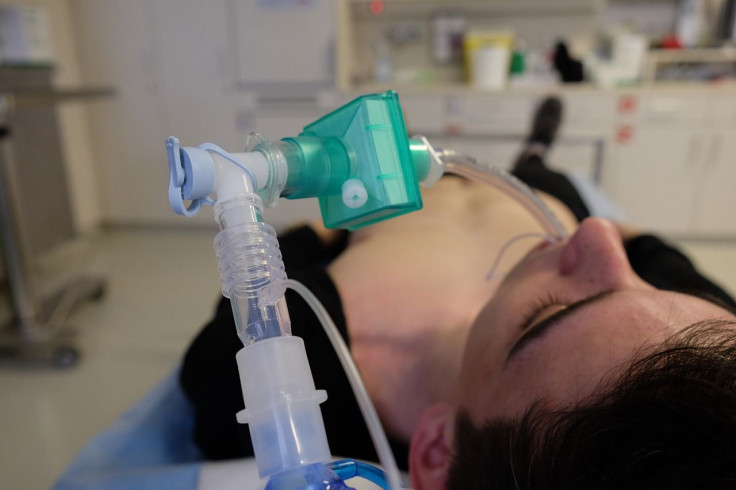Elon Musk Sent Wrong Kind Of 'Ventilators' To California Hospitals, Reports Say

KEY POINTS
- California hospitals received the "ventilators" that Elon Musk promised them
- Reports said the hospitals received biPAP and CPAP machines and not ventilators
- Musk said he had sent specifications to the hospitals, which the latter confirmed
Elon Musk, Tesla CEO and founder, announced last month that his company bought from Chinese oversupply some 1,255 FDA-approved ventilators. He also said that he had them shipped to hospitals in Los Angeles to help treat COVID-19 patients.
However, the recipient hospitals say what they received from Musk were not ventilators, but CPAP and biPAP machines. While these machines are used for breathing and airway support, they are not the ventilators used by seriously ill COVID-19 patients.
The pandemic has pushed up the demand for ventilators across the U.S. A ventilator is important to save the lives of seriously ill COVID-19 patients who can no longer breathe on their own. In such cases, patients are intubated, and it is the ventilator that delivers oxygen into the lungs. Without these machines, the patients wouldn't have the oxygen they'd need to survive.
California officials have been trying to obtain at least 10,000 ventilators to address the rising coronavirus cases in the state. State officials have even been getting companies and their workers to refurbish ventilators that were in storage.
Enter Elon Musk
For state authorities and hospitals in California, Musk's annoncement about the ventilators he intended to donate to California hospitals could not have come at a better time.
Doctors had been eagerly waiting for the ventilators since the announcement. Reports have said four hospitals on the list received the shipments and were thanking the tech-visionary for his donation. But there was a catch: the devices were not what they were thought to be.
In an interview with CNN, the four hospitals said that they received continuous positive airway pressure (CPAP) and bilevel positive airway pressure (biPAP) machines. “We received six CPAPs and we are very grateful for the gift,” a Sonoma Valley Hospital spokesperson told CNN.
CPAP and biPAP
CPAP supplies mild air pressure continuously to patients who can breathe on their own but needed help in keeping their airways open. According to the Mayo Clinic, these machines are commonly used to treat patients with obstructive sleep apnea.
The biPap is a type of non-invasive breathing support administered through a nasal mask, face mask, or helmet. Hopkinsmedicine.org explained that a biPAP machine could help push air into the lungs if a person has breathing difficulties. It also said, however, that this machine is not a good choice if breathing is already poor and may not be a good option if a patient has reduced consciousness.
According to health experts, although both devices help patients with breathing difficulties, they are not classified as ventilators and are priced considerably lower. Reports say that a CPAP machine can be bought for approximately $500, while the price of a biPAP device is around $1,200. A ventilator, on the other hand, can cost anywhere between $20,000 and $50,000.
Aside from the price difference, the American Society of Anesthesiologists indicated on its website that caution must be exercised by health workers when using biPAP or CPAP machines on coronavirus patients as these machines could increase virus transmission. It explained that for patients suffering from acute respiratory failure, proceeding with endotracheal intubation would be prudent. CPAP and biPAP are non-invasive types of ventilation, which may increase the risk of transmission of infection.
Machines Have Been Distributed
News about the hospitals’ receipt of the donated breathing devices was published after the office of California Gov. Gavin Newsom said the ventilators Musk promised had not arrived. Musk promptly tweeted a list of hospitals that were slated to receive the "ventilators" he donated and also asked the governor to clear the “misunderstanding.”
Musk took to Twitter and said, "Invasive ventilators are for worst-case patients." He also said that all hospitals were given exact specifications of the machines and that all hospitals also confirmed.
According to the LA County Department of Health Services director of public information, Kathleen Piché, the machines have arrived. She also said that the devices had “been distributed to hospitals in our system and are being used as intended.” But crucially, Piché also said, “These units are used for breathing and airway support, reducing the need for certain patients to be placed on mechanical ventilation.”
© Copyright IBTimes 2024. All rights reserved.





















